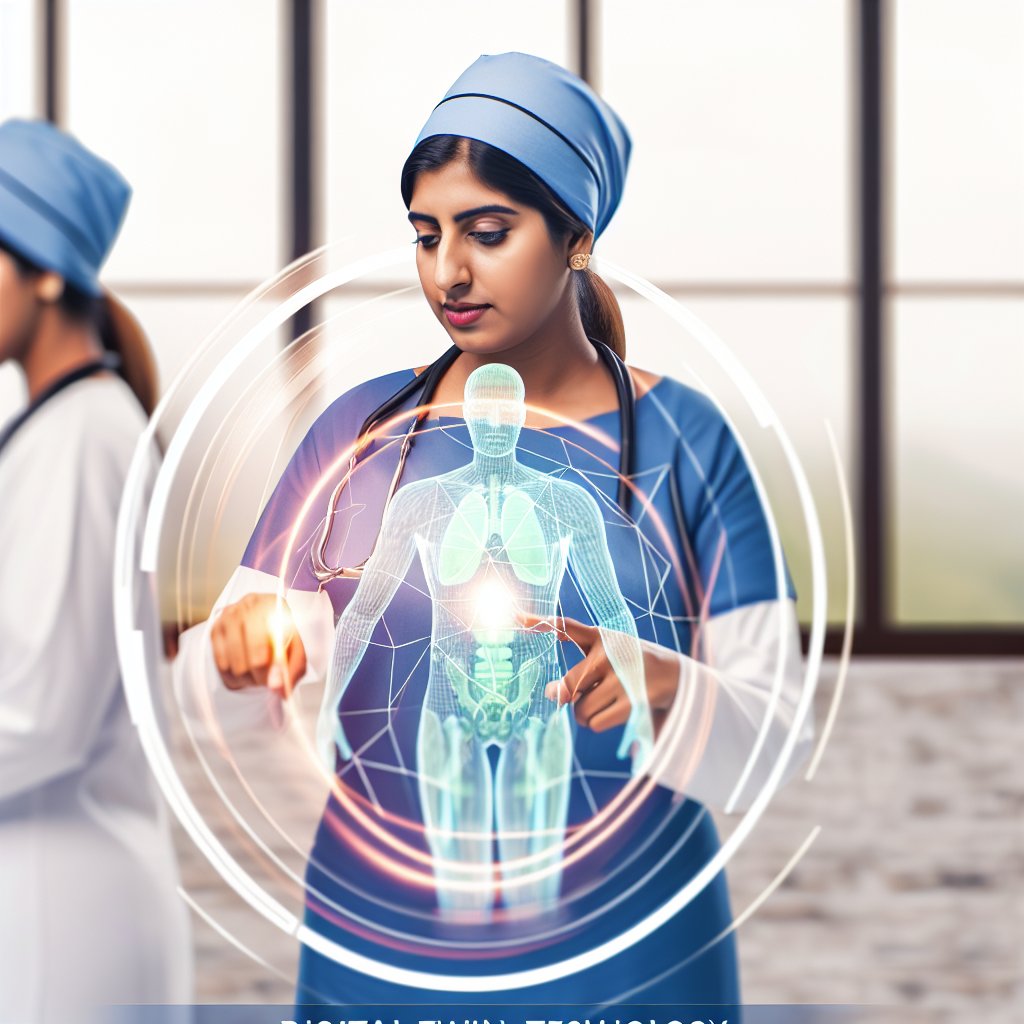Breast cancer is the most common type of cancer in women. Sadly, it is responsible for the largest number of cancer deaths in women. Early detection of breast cancer is vital for successful treatment. But many women are unaware of the symptoms of breast cancer.
This article covers the most common symptoms of breast cancer, as well as some of the less common symptoms. It is important to remember that not all women will experience all of these symptoms, and some women may experience none of them. However, if you experience any of these symptoms, you should see a medical professional as soon as possible. It’s also important to conduct breast self-examination at least once a month. This helps you get familiar with how your breast feels so you can notice changes soon enough. In addition, regular checkups at the hospital are important.
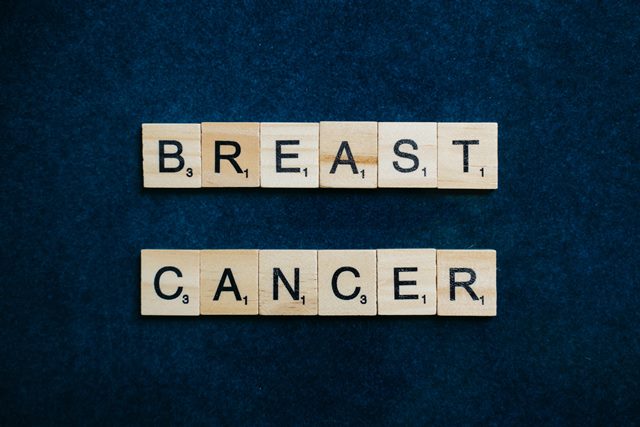
The stats don’t look good. 1 in 8 women in the US will develop breast cancer in their lifetime. Although it is most commonly diagnosed in women above the age of 50, it can affect women of any age.
There are a number of symptoms of breast cancer to watch out for, including a lump in the breast, a change in the appearance of the breast, and discharge from the nipple.
Early detection is the key to successful treatment, so it is important to be aware of the symptoms of breast cancer. Hence, here is an overview of the most common symptoms to watch out for.
What Is Breast Cancer?
Breast cancer is a type of cancer that starts in the breast. It can occur in men and women, but it is much more common in women. Breast cancer happens when the cells in the breast start growing out of control.
Types of Breast Cancer
There are different types of breast cancer, and the type of breast cancer someone has will determine their treatment options.
- Ductal or Lobular Carcinoma: It is the most common type of breast cancer, and it starts in the ducts that carry milk to the nipple.
- Inflammatory Breast Cancer: This is an aggressive type of invasive breast cancer, where the cancer cells block lymph vessels in the skin, making the breast look “inflamed.”
- Page Disease of the Breast: A rare type of breast cancer that starts in the breast ducts before spreading to the skin of the nipple and the areola.
Others include Angiosarcoma and Triple-negative breast cancer, etc.
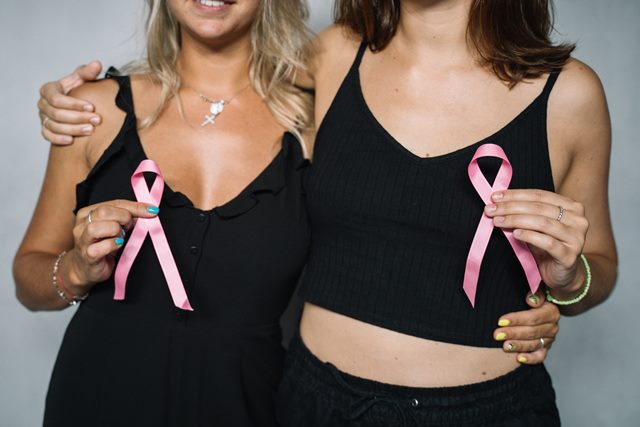
If you have been diagnosed with breast cancer, your doctor will talk to you about your treatment options. Treatment for breast cancer may include surgery, radiation therapy, chemotherapy, targeted therapy, or a combination of these treatments.
The best way to prevent breast cancer is to get regular breast cancer screening. You should also know your family history of breast cancer and talk to your doctor about your risk factors for breast cancer.
Read: How Does Oral Health Affect Overall Wellness?
What Is a Normal Breast?
A normal breast is one that is not abnormal in appearance or structure and one that does not have any evidence of breast cancer. The breasts are made up of fatty tissue, ducts, and lobules. The ducts are the tubes that carry milk from the lobules to the nipple. The lobules are the glands that produce milk.
Early detection is key to the successful treatment of cancer and survival. So, it is important to know what is “normal” for your breasts. This can help you to notice any changes that might occur and seek medical help if necessary.
Read: How Can We Improve Air Quality for Better Health?
What Does a “Normal” Breast Look and Feel Like?
The shapes and sizes of breasts vary. And also, reactions of the breast to different hormonal situations or changes differ. Hence, be acquainted with your breast. Study and constantly observe your breasts so you can easily detect when something goes wrong or is about to go wrong with your breast.
Most women report that their breasts feel unequal or lumpy. However, periods, childbirth, decreasing or gaining weight, and the use of specific medications can all have an impact on how your breasts feel and look. Also, as you age, your breasts also tend to change.
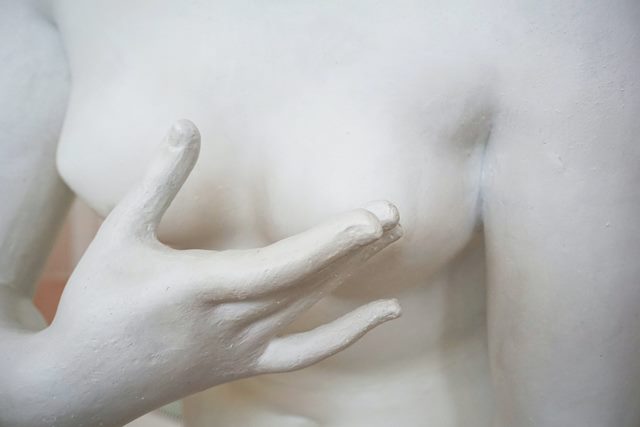
What Are the Signs and Symptoms of Breast Cancer?
Breast cancer is a form of cancer that affects the breast tissue. It is one of the most common forms of cancer in women, and it can be very aggressive. Early detection is critical to successful treatment, so it is important to be aware of the signs and symptoms of breast cancer.
The most common symptom of breast cancer is a lump or mass in the breast tissue. Other symptoms may include changes in the size or shape of the breast, nipple discharge, nipple pain or tenderness, and axillary lymph node enlargement. If you experience any of these symptoms, it is important to see a doctor as soon as possible.
In addition to being aware of the signs and symptoms of breast cancer, it is also important to know your risk factors. Factors that may increase your risk of developing breast cancer include family history, personal history of breast cancer, genetic mutations, certain lifestyle choices, and age.
If you are concerned about your risk of developing breast cancer, please speak with your doctor. Having said all, below are some signs and symptoms to look out for:
1. Changes in the Skin Texture
Breast cancer can alter skin cells and inflame them, changing the texture of the skin as a result. Examples of these texture changes include skin thickening in any area of the breast and scaly skin around the nipple and areola that appears burnt or excessively dry.
Although it is uncommon, these alterations may also produce the itching that is frequently linked to breast cancer.
These skin changes could be signs of Paget’s disease, a rare kind of breast cancer. Texture changes can also result from benign skin disorders like eczema and dermatitis.
2. Breast Lumps/Tumors
Although you might not feel it, breast cancer typically appears as a painless lump in the breast. Ordinary screening mammography, however, can find a lot of lumps. The majority of women don’t actually exhibit any warning symptoms of breast cancer at the time of diagnosis. In the early stages of breast cancer, the tumor is rarely palpable or visible to the unaided eye when it is small. This is why mammograms are essential.
A breast tumor may be found with mammograms, which are low-dose X-rays of the breast, long before it becomes large enough to cause symptoms and when the cancer is most likely to be more amenable to treatment.
Tumors can range in size from one millimeter in diameter to as large as a lime (50 mm). Mammograms are made to detect cancers at the smaller end of the spectrum when they are still too small to be felt or seen. The American Cancer Society states that routine mammograms are the most reliable method for detecting breast cancer early. However, mammograms alone can’t detect every incidence of breast cancer, which is why it is crucial to pay attention to changes in your breasts as you are the expert on your body.
3. Dimpling
Skin dimpling may occasionally be a symptom of severe breast cancer, known as inflammatory breast cancer.
We Design & Develop Websites, Android & iOS Apps
Looking to transform your digital presence? We specialize in creating stunning websites and powerful mobile apps for Android and iOS. Let us bring your vision to life with innovative, tailored solutions!
Get Started TodayLymph fluid can accumulate in the breast due to cancer cells, which can result in swelling, dimpling, or pitted skin. Anyone who notices skin dimpling must consult a doctor right away.
Because the dimpled skin resembles the surface of an orange, doctors refer to this change in the skin’s look as “peau d’orange.”
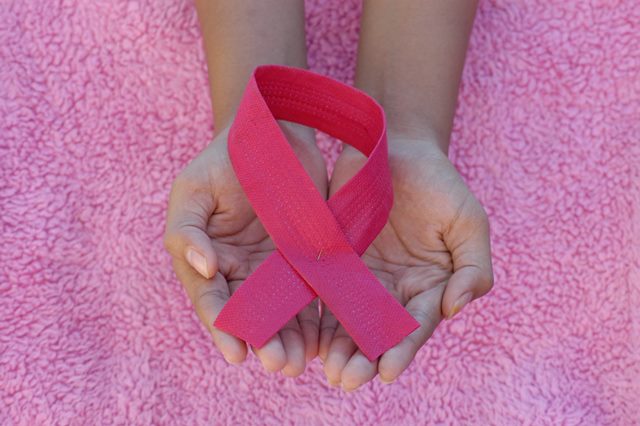
4. Breast or Nipple Pain
Breast pain, tenderness, and discomfort can result from changes in skin cells brought on by breast cancer. A bump that is present is not uncomfortable.
Although breast cancer is frequently painless, it is crucial to pay attention to any signs or symptoms that can be related to the disease.
Some people might say the pain feels sensitive and burning.
5. Breast Swelling
The entire breast or a portion of the breast may enlarge due to breast cancer. After this swelling, there might not be a clear lump, but the breast might be bigger than the other.
Even while it is possible for people to have somewhat different-sized breasts all the time, this swelling would produce a variation from their typical breast size.
Due to the swelling, the skin could also feel restricted.
6. Changes in Breast Size
It’s common for people to have breasts that are different sizes from one another. On the other hand, if one breast grows in size mysteriously, it might indicate breast cancer.
A quick increase in breast size, according to the National Cancer Institute, may be a sign of inflammatory breast cancer, even though changes in breast size can be a sign of any type of breast cancer. This is an uncommon and severe type of breast cancer.
You should see a doctor immediately if you discover that one or both of your breasts have grown in size.
Breast Cancer Recurrence
Many years after therapy, breast cancer might return or reoccur. It could be localized (in the same breast), regional (in the lymph nodes close to the original tumor), or distant (in another area of your body).
The first two years following therapy are usually when cancer is most likely to return. However, the risk gradually decreases following that time.
When you consult right, your doctor will go over things to look out for with you. Hence, local symptoms consist of the following:
- Newly discovered breast lump
- Changes to your skin, nipple, or breast
- Lumps on your chest’s surface
- Thickening on or close to the breast-removal surgery scar
Before You Go…
Let me tell you a little bit about Nicholas Idoko Technologies. We help businesses and companies build an online presence by developing web, mobile, desktop, and blockchain applications.
As a company, we work with your budget in developing your ideas and projects beautifully and elegantly as well as participate in the growth of your business. We do a lot of freelance work in various sectors, such as blockchain, booking, e-commerce, education, online games, voting, and payment systems. Our ability to provide the needed resources to help clients develop their software packages for their targeted audience on schedule.
Be sure to contact us if you need our services! We are readily available.
Put Your Tech Company on the Map!
Get featured on Nicholas Idoko’s Blog for just $200. Showcase your business, boost credibility, and reach a growing audience eager for tech solutions.
Publish Now






